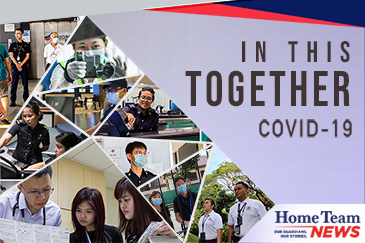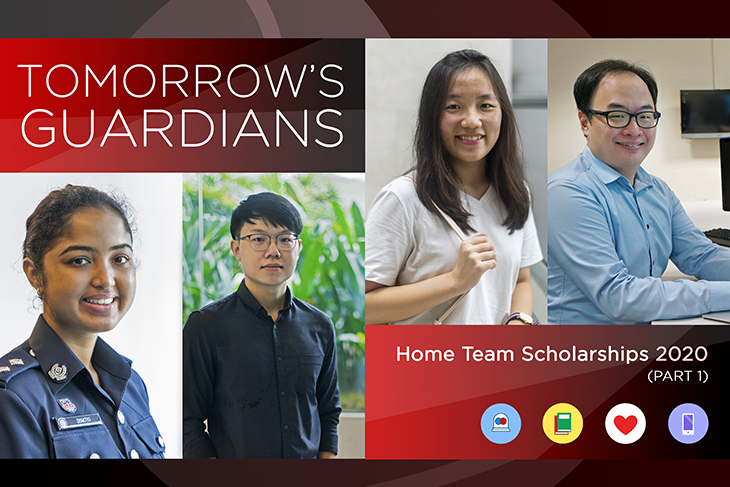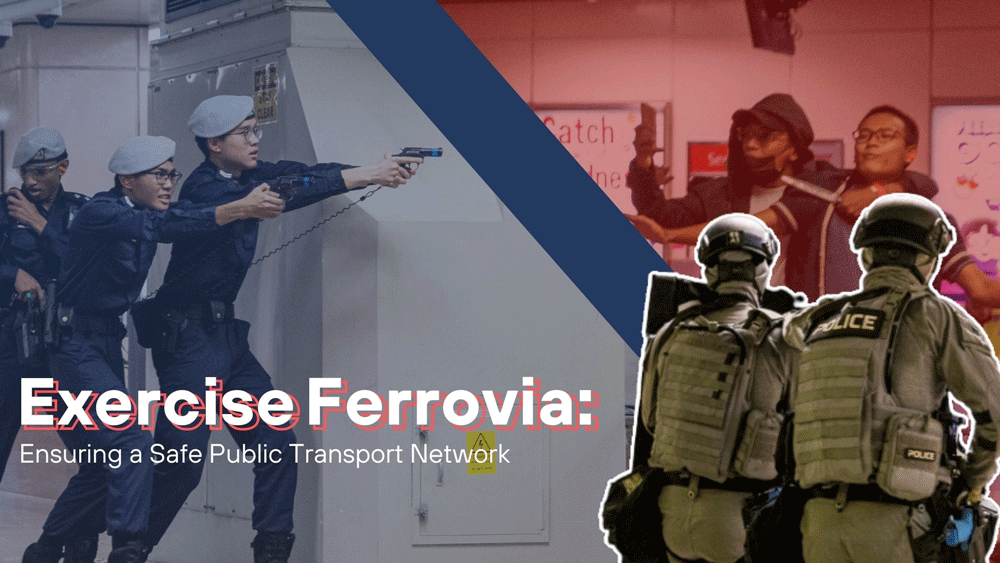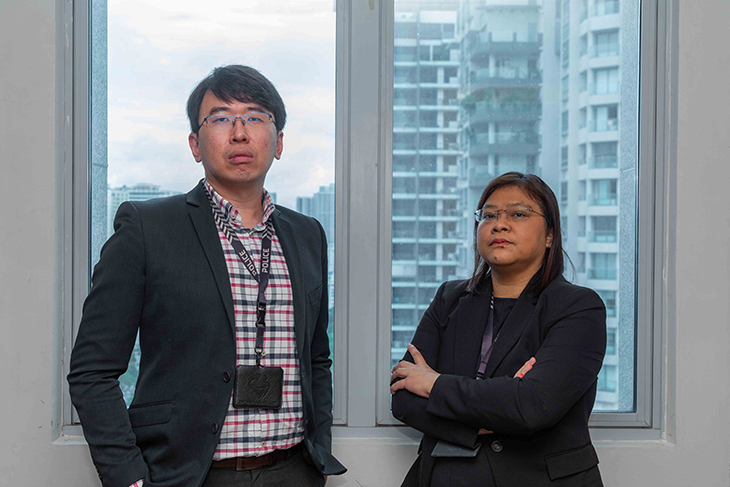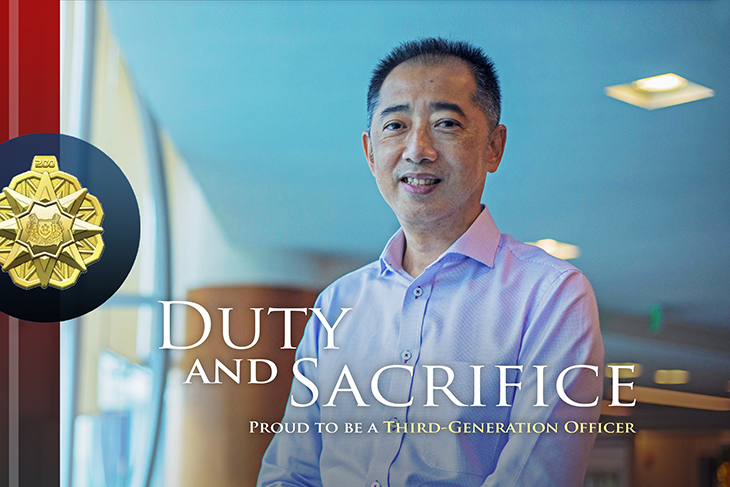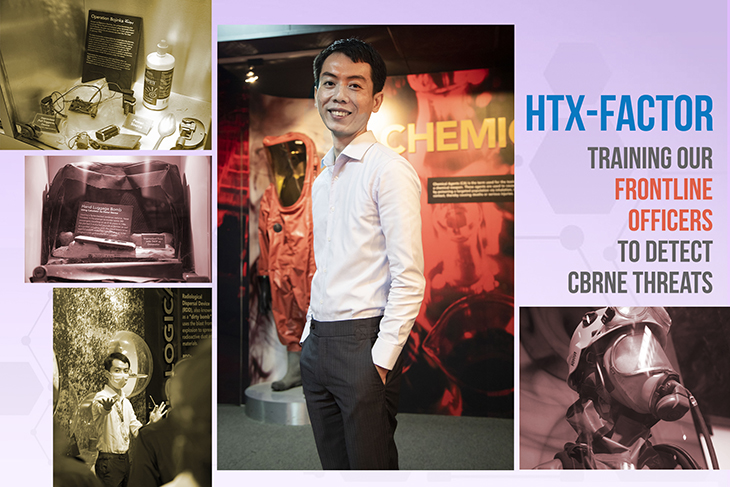
“How do you know if your handphone is safe to use?” asked a confident voice amidst a huddle of fresh-faced
Singapore Police Force National Service Trainees.
We were in a gallery at the
Home Team Academy’s Training Village that featured a range of CBRNE (Chemical, Biological, Radiological, Nuclear and Explosives) exhibits. In front of the Trainees stood Dr Alister Peh, a CBRNE Scientist with the
Home Team Science and Technology Agency (HTX), conducting a lesson on the fundamentals of CBRNE.
The Trainees were keen to learn more. The next hour was filled with whispered responses to Dr Alister’s questions and bodies leaning forward in curiosity as he led them through the gallery and explained how HTX works to counter the threats posed by CBRNE materials.
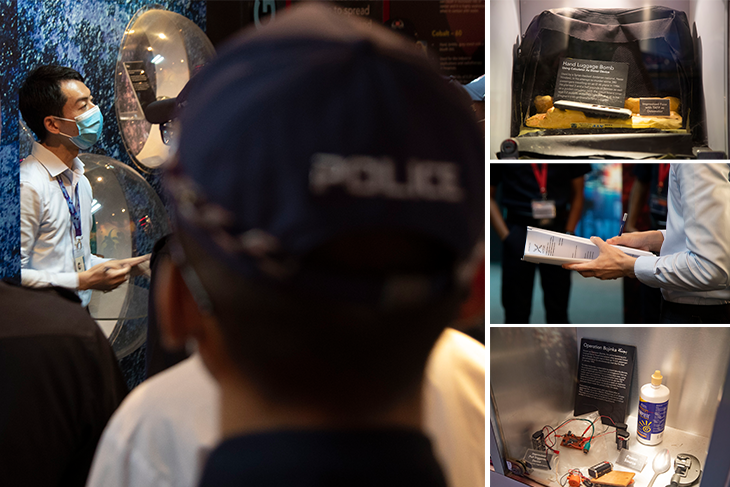
As for Dr Alister’s question about whether our handphones are safe to use, the answer was that mobile devices emit low levels of electromagnetic radiation that can interfere with sensitive instruments found on planes and in hospitals. This radiation is non-ionising and has been determined to pose no risk to people. The Trainees nodded in understanding.
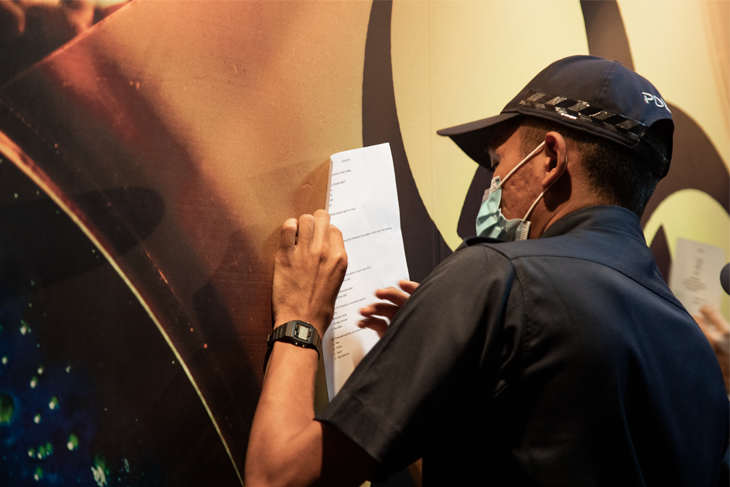
Armed with such nuggets of information, the Trainees were tasked at the end of the lesson to complete a worksheet to assess if they’d learnt about the serious threat posed by attacks using CBRNE materials, and how best to protect themselves and members of the public.
This scene offered just a small peek into Dr Alister’s work as a Trainer. Most of us may not be aware of the potential threat posed by CBRNE materials, so Dr Alister and his colleagues at HTX’s CBRNE Training School have a vital part to play. “I feel a sense of joy when I see Trainees understand what we’ve shared with them,” he said.
S&T at the Core
Dr Alister first made the jump to training after completing a doctorate in Chemistry at the
National University of Singapore. Though he was keen to become an educator and share his knowledge of S&T with others, he wanted to do so in a way that would contribute to a bigger cause – Singapore’s safety and the operational readiness of our Home Team officers.
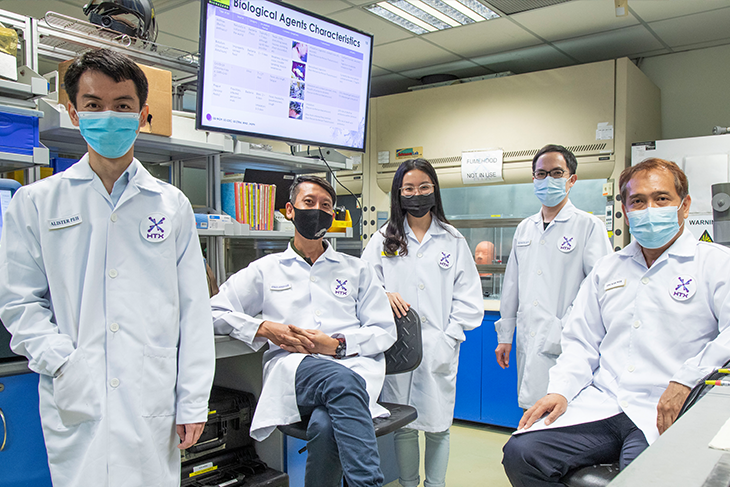
As a member of HTX’s CBRNE Training School, Dr Alister conducts scenario-based lessons and training sessions for officers from across the Home Team. What these lessons share is a focus on employing S&T as a force multiplier and enabler.
“We need to know how to use our S&T detectors and tools correctly in order to ensure optimal results on the ground,” he said. “That’s why we provide officers with theory-based lessons and also teach them to use their detectors properly, so that they can be effective on the ground.”
Customised to Operational Needs
The CBRNE Training School customises its training programmes according to the requirements of each Home Team Department. For example, new officers from the
Immigration & Checkpoints Authority (ICA) attend a compulsory two-day CBRNE module as part of their Basic Training. They may subsequently undergo advanced and refresher programmes based of their responsibilities on the frontline.
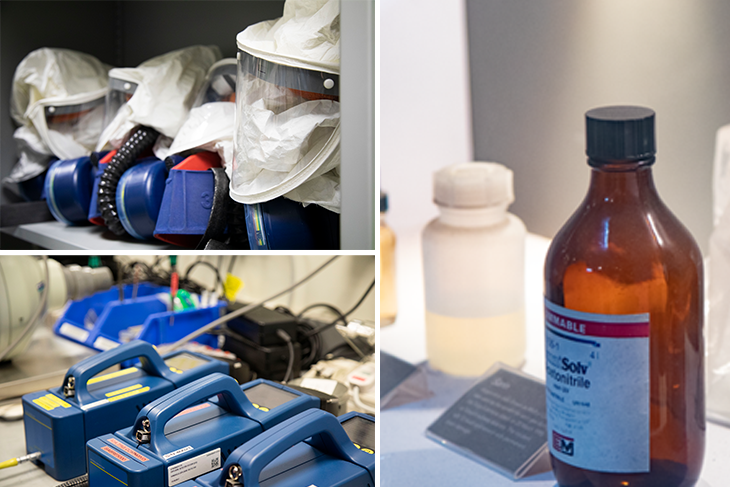
Close simulants and live agents of CBRNE materials are employed during practical lessons to help officers gain confidence in using their equipment. “The officers can see firsthand how their detectors actually respond to such materials," said Dr Alister. "This also reminds them that they must know their Standard Operating Procedures when they detect CBRNE materials.”
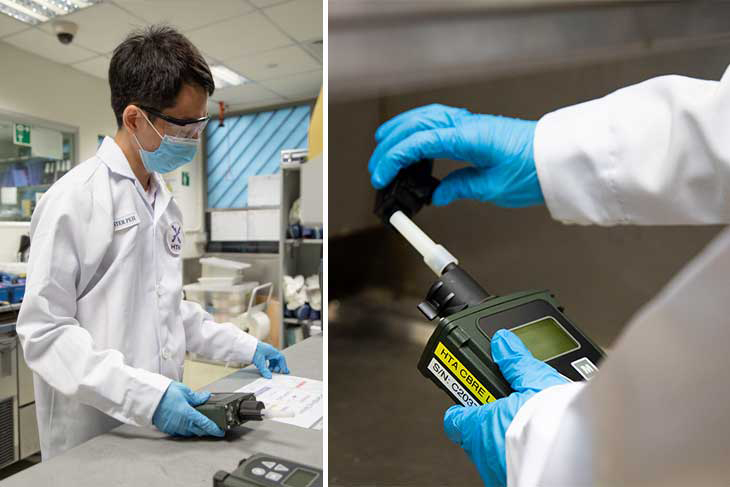
Hands-on learning and practice for officers is vital too. Practical assessments for ICA officers include searching for and detecting CBRNE materials that have been concealed in a vehicle or within a traveller's belongings.
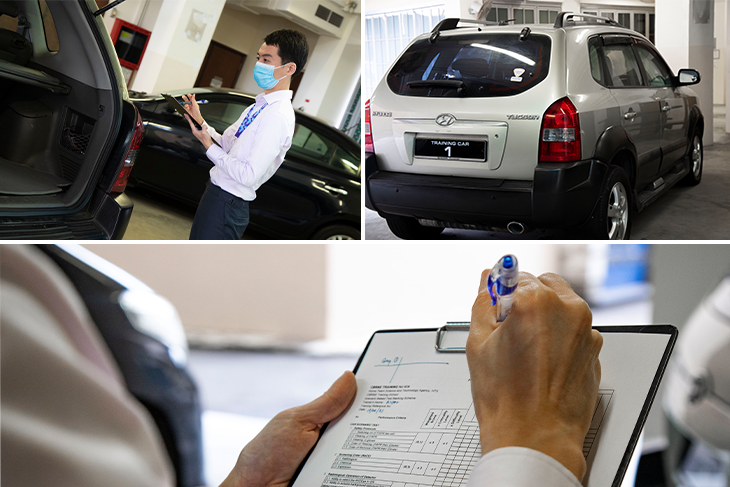
During these sessions, Dr Alister encourages the officers to share their experiences, so that they can all learn together. “We’re not just imparting knowledge to our officers,” he said, “but drawing insights from them as well.”
Going Beyond the Book
To optimise the time that officers devote to training, Dr Alister and his fellow Trainers make sure that their lessons – in the classroom and beyond – are thorough. “We design our training materials so that officers receive the necessary information to do their work well,” he explained, “but we never compromise on the quality of our lessons as lives are at stake.”
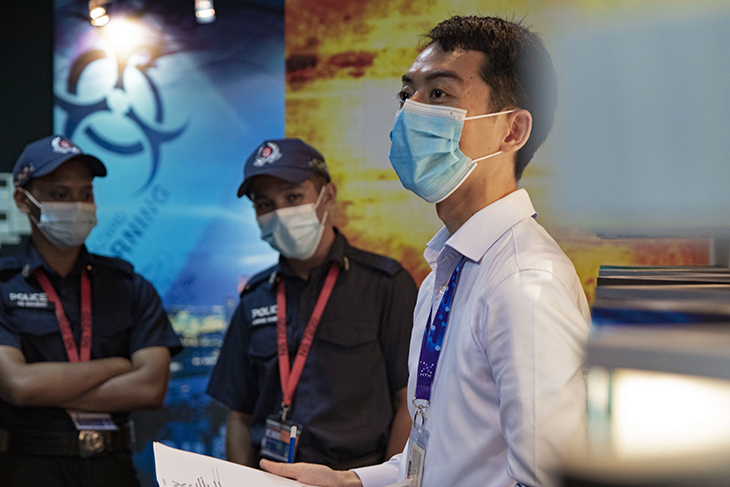
This commitment was evident as Dr Alister collected back the worksheets from the Trainees at the end of his lesson and took a moment to check that they’d understood his key points. “It makes me happy when officers appreciate the knowledge they’ve learnt and can apply this on the job, in order to keep Singapore safe and secure,” he said. “That’s the biggest achievement for me because it feels like I’ve done my job well.”









